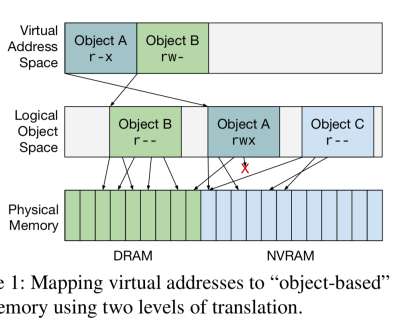Front-End: Cache Strategies You Should Know
DZone
MAY 1, 2023
Caches are very useful software components that all engineers must know. It is a transversal component that applies to all the tech areas and architecture layers such as operating systems, data platforms, backend, frontend, and other components. What Is a Cache?






























Let's personalize your content